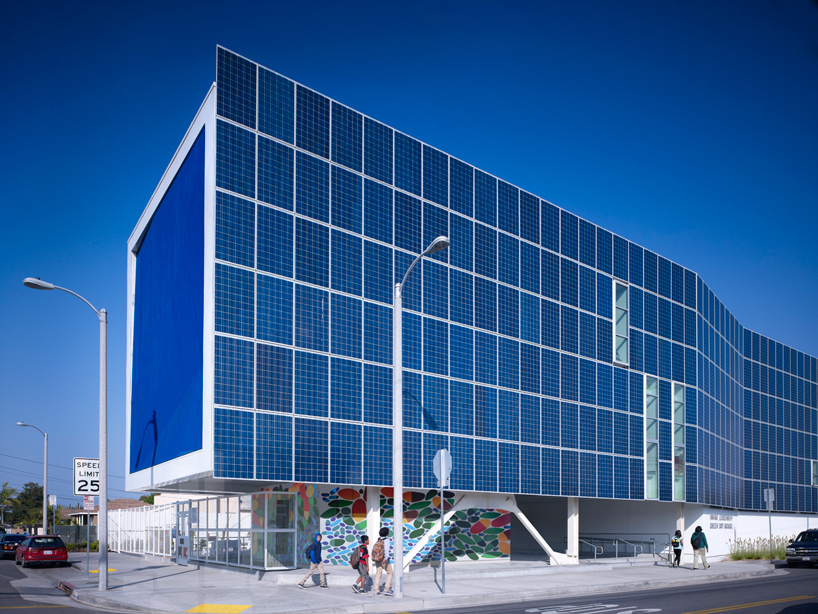Building Integrated Photovoltaics (BIPV) refers to the integration of photovoltaic materials directly into building structures, such as roofs, skylights, facades, or windows. BIPV systems have some unique requirements compared to traditional solar panel installations. Some of the special requirements for solar panel components in BIPV include:
- Aesthetics: BIPV systems are often intended to blend seamlessly with the building’s design, architecture, and aesthetics. Therefore, the solar panel components used in BIPV should be visually appealing and designed to integrate smoothly into the overall appearance of the building.
- Customizable shapes and sizes: BIPV systems may require solar panels of varying shapes and sizes to fit into different building elements, such as curved surfaces, facades, or skylights. The flexibility to customize the shapes and sizes of the solar panels is a crucial requirement for effective integration with the building’s design.
- Durability and weather resistance: Solar panel components used in BIPV should be durable and capable of withstanding various weather conditions, including exposure to sunlight, rain, snow, and temperature variations. These components should be designed to have a long lifespan and maintain their performance under different environmental stresses.
- Thermal properties: In BIPV systems, it is essential to consider the thermal properties of the solar panel components, especially when integrating them into building elements like windows or roofs. Proper insulation and heat dissipation mechanisms are crucial to ensure that the building’s thermal performance is not compromised.
- Electrical safety and integration: BIPV components must adhere to electrical safety standards and regulations to ensure safe integration into the building’s electrical systems. Proper wiring, grounding, and electrical protection mechanisms are necessary to prevent electrical hazards and ensure the efficient functioning of the BIPV system.
Manufacturers and designers of BIPV systems need to consider these specialized requirements when selecting solar panel components to ensure seamless integration with the building’s design and functionality. By addressing these requirements, BIPV systems can contribute to both the energy generation capabilities and the architectural appeal of buildings, promoting sustainable and aesthetically pleasing urban development.


